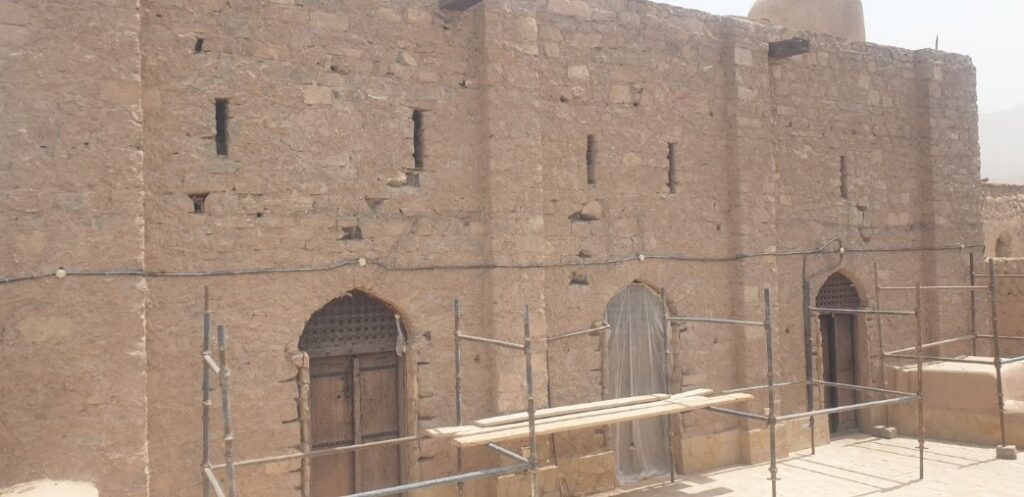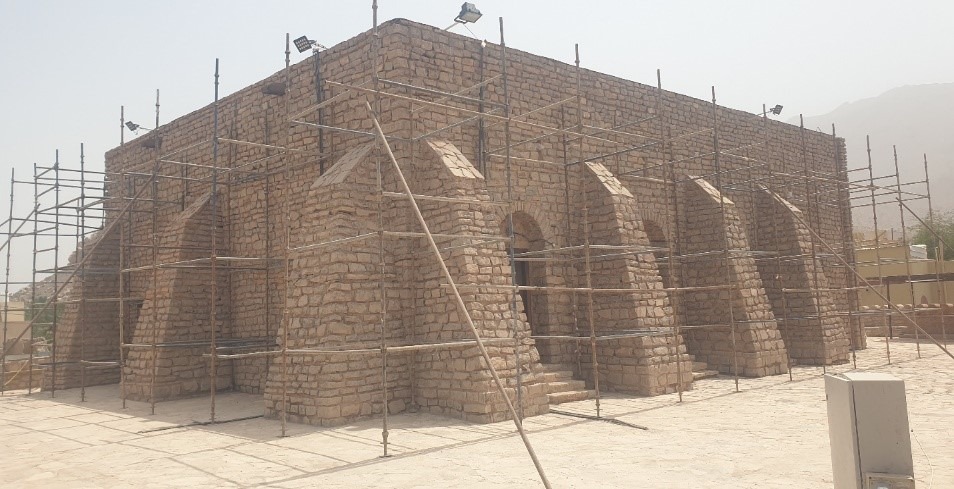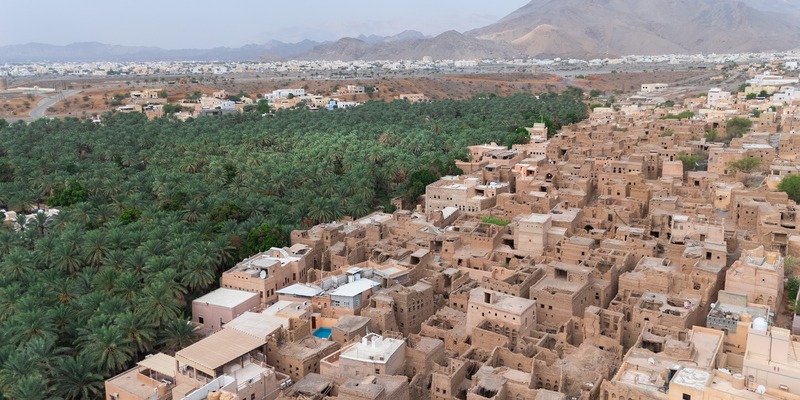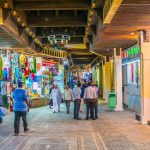MUSCAT – The initiative reflects a broader commitment to preserving cultural heritage while enhancing its role in tourism and the local economy, in line with Oman Vision 2040.
His Excellency Sheikh Hilal bin Saeed Al Hajri, Governor of Al Dakhiliyah, affirmed that the governorate is making steady progress in becoming a hub for the knowledge and purple economy, leveraging culture, creativity, and innovation for sustainable development.
In a statement to the Oman News Agency, he highlighted that the restoration projects go beyond physical rehabilitation and aim to build an integrated economic model that benefits people and places. These efforts open new opportunities for local entrepreneurs, enhance community participation, and enrich national identity.
Read More
- ROP confirms grace period extended for expats to settle residency issues in Oman
- CBO holds meeting on ways to develop Islamic banking sector in Oman
- Oman’s higher education ministry calls on former Sur University College students to collect documents
- Royal Army of Oman Commander awards commendations to outstanding officers
- Oman’s Ahmed Al Hosni captures global spotlight with Doha Photography Award win



The restoration work is being carried out in cooperation with the Ministry of Heritage and Tourism and includes castles, forts, and historic neighbourhoods. These sites are being preserved for their cultural value while being equipped with modern services to enrich the tourism experience.
His Excellency Sheikh Hilal stressed that community involvement is essential – both in restoration work and in managing tourism-related small and medium-sized enterprises (SMEs). The initiative is generating employment, strengthening the local economy, and fostering a stronger sense of ownership and pride in national heritage.
Tourism in Al Dakhiliyah has already seen a boost, with more than 302,000 visitors touring historic sites such as forts and castles in the first half of 2025. The governor noted that this growing interest underscores the value of heritage as a driver of economic activity and cultural diplomacy.
The governor also revealed plans to repurpose historic villages and neighbourhoods into vibrant cultural and economic hubs – transforming old homes into guesthouses, cafés, and artisan galleries. These projects exemplify the purple economy, combining creative industries with heritage to generate sustainable income streams.
Ahlam bint Hamad Al Qasabi, Director of the Heritage and Tourism Department in Al Dakhiliyah, confirmed that multiple restoration projects are underway in Bidbid, Izki, Nizwa, Adam, and Bahla.
In Bidbid, restoration of the eastern and northern sections of the inner wall and the construction of a pedestrian walkway at Bidbid Fort have been completed. Work on the outer wall is ongoing, with 20 percent progress made. Restoration of Fanja Fort is scheduled for the next phase.
In Izki, the Maqzah Mosque restoration has reached 95 percent, including structural maintenance and interior refurbishing. In Nizwa, Sa’al Mosque has reached 80 percent completion, while work on Al-Shawathna Mosque is underway at 15 percent.
In Adam, extensive work on the fort includes crack repairs, waterproofing, and finishing. In Bahla, restoration of the Wadi Al-Ala Mosque has reached 60 percent, with roofing and interior plastering completed.
Al Qasabi emphasised that historical neighbourhoods across Al Dakhiliyah serve as living museums, preserving Oman’s mud-brick architecture and traditional lifestyles. These areas are becoming increasingly attractive to tourists seeking authentic cultural experiences.
She explained that repurposing old homes into tourist inns, restaurants, and artisan shops offers significant economic potential while safeguarding heritage. The Ministry of Heritage and Tourism supports these efforts with traditional materials and expert guidance.







